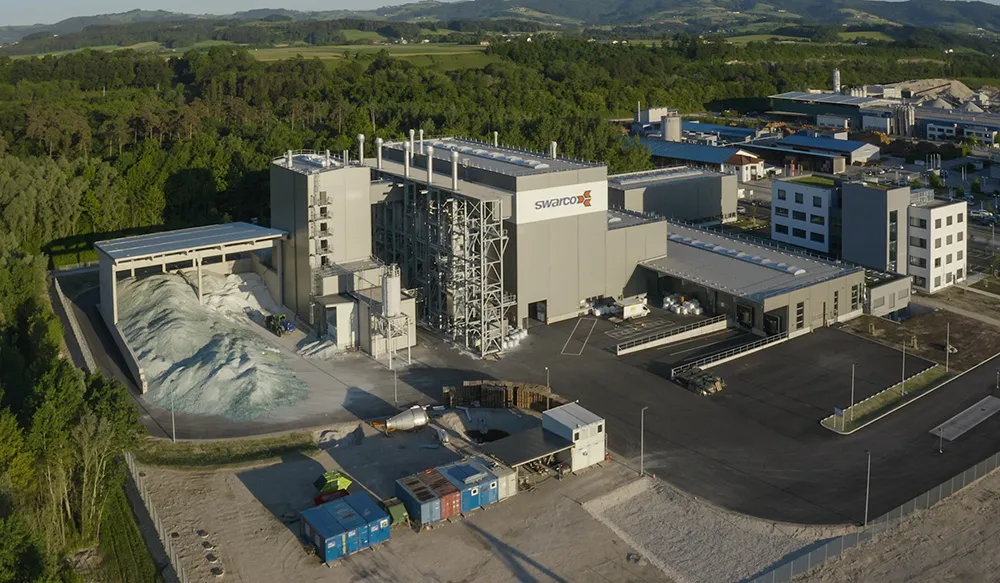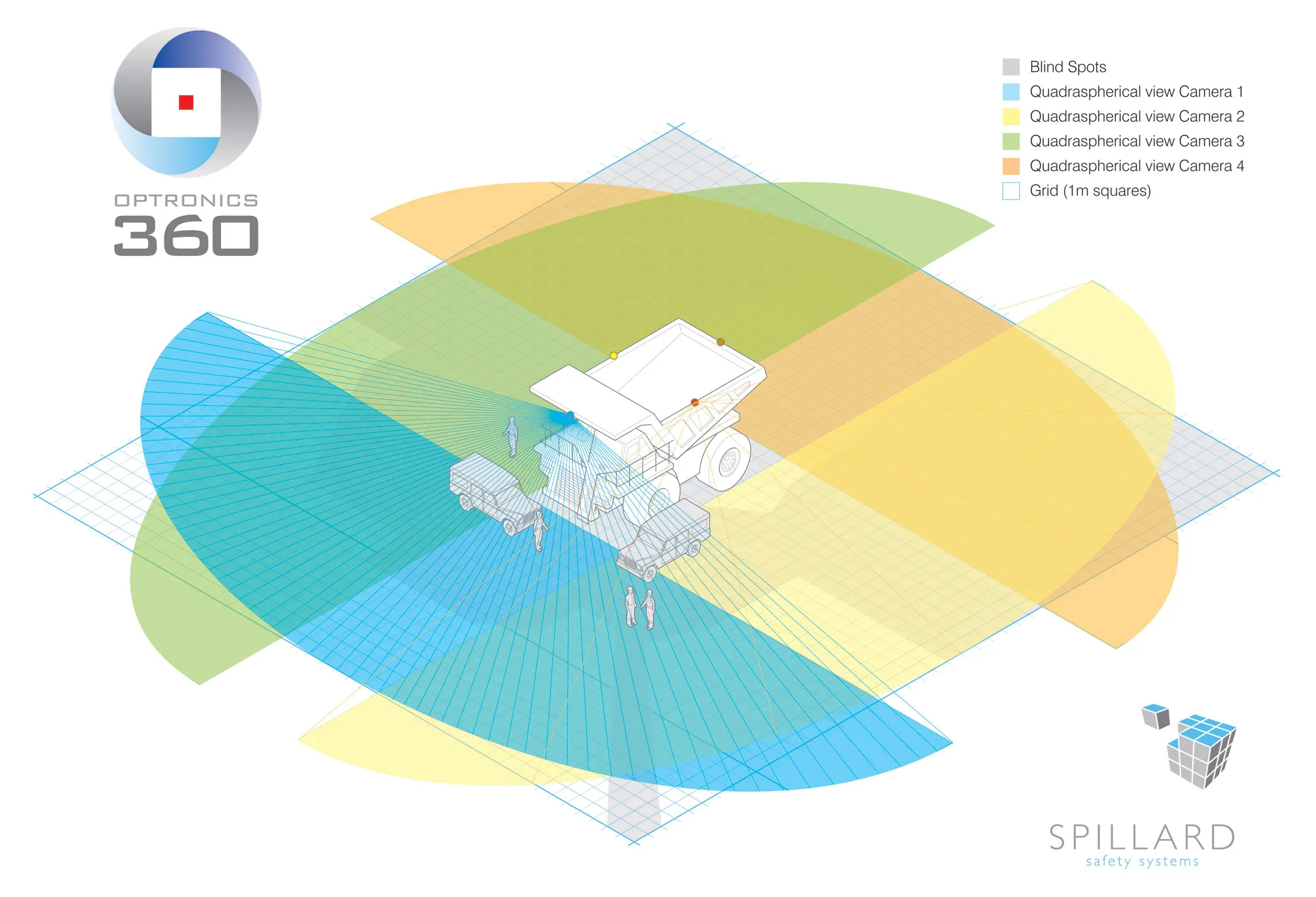Gill Instruments has improved the sonic temperature performance of the company’s 3-axis anemometer range to an accuracy of greater than ±1% in readings between -18°C and +30°C. The improvement has been achieved by using the US National Physical Laboratory’s advanced sound profiling facility as well as research using in-house computational fluid dynamics - CFD modelling - to examine transducer production.
Anemometers are used throughout the meteorological research and industrial industries. They simultane
June 9, 2015
Read time: 2 mins

Anemometers are used throughout the meteorological research and industrial industries. They simultaneously monitor turbulent fluctuations of wind and sonic temperature in order to accurately calculate sensible heat flux or wind load.
Gill claims the result is a generation of transducer assembly that benefits from small yet significant design changes to the assembly processes at the same time preserving the high performance of the existing transducer.
To maintain the integrity and continuity of the 3-axis anemometer range, Gill tightly controls the software, electronics, head geometry and transducer to ensure changes are limited to improving only the performance of sonic temperature.
“Gill 3-axis anemometers consistently outperform other sonic anemometers in the measurement of 3-dimensional wind vectors and sensible heat fluxes” said Gill’s product manager Richard McKay. “Now, following recent improvements, all Gill 3-axis anemometers can benefit from improved sonic temperature performance. A key advantage is that these improvements maintain the continuity of design and we now have high performance in all conditions”.









